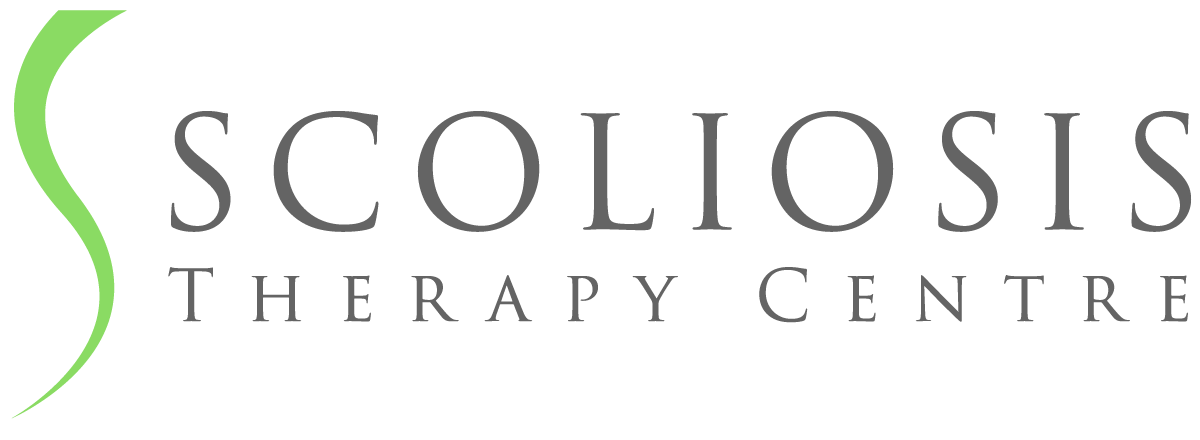A Case Report for Adolescent Bracing
Schroth Method scoliosis exercise therapy can play a significant role in improving health related quality of life (QOL) for idiopathic scoliosis patients, both during adolescence and throughout adulthood. However, during the adolescent growth spurt, brace treatment can be considered the primary treatment.
Whilst there currently exists a wide offering of braces, which all claim to be ‘state of the art’, only some of them are able to correct and improve curvatures and trunk deformity. The correct choice of brace is therefore critical; a brace that will not deliver the best possible correction outcome, simply adversely affects a patient’s quality of life.
Bracing standards and the expertise of practitioners vary widely, making it difficult for patients when choosing a brace, if in fact, they are given a choice. However, the asymmetrical Chêneau style braces can provide corrections for the three dimensional (3D) deformity of the spine and trunk, which if left untreated could progress quickly during the adolescent growth spurt.
According to Dr. Weiss, the author of the Case Report cited below, when compared with symmetric braces, the asymmetric Chêneau brace has the “very best in-brace corrections.” Dr. Weiss argues “Bracing according to cutting-edge developments are able to lead to relevant and lasting improvements of Cobb angle as well as trunk deformity in the long-term.”
In 2005 an 11 year old girl with adolescent idiopathic scoliosis was fitted and treated with a Chêneau light brace. Her single thoracic curvature was 38°, which if left untreated, was considered at a high risk of progression.
After two years of brace treatment her thoracic curvature had reduced to 19°. At this point in time she was prescribed the Gensingen brace, in lieu of the initial Gensingen light brace. With no anticipated growth remaining she was weaned off the brace at 15 years old. Her Thoracic curvature was then 14°.
In reviewing her case at 21 years of age, there was no adverse change, except her curvature had stabilized at 19° – a 50% reduction since brace treatment commenced in 2005.
“The patient has full functionality and is highly satisfied with the end result.”
Click here to read “Bracing can lead to a persistent correction in the treatment of Adolescent Idiopathic Scoliosis: A case report”

Excellent, Malcolm, and I will share on the ST site.